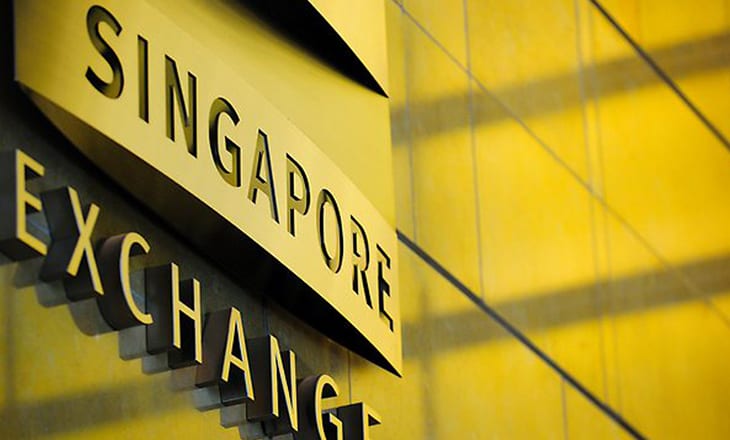Singapore Exchange (SGX) published its market statistics for May 2020. The company reported gains in the exchange’s derivatives franchise amid increased portfolio demand in foreign exchange and commodities.
Securities daily average value (SDAV) on SGX rose 7% MoM to S$1.51 billion, compared to April when it was S$1.41 and total securities market turnover value fell 8% MoM to S$27.2 billion from previous month when it was S$29.6 billion. The market turnover value of exchange-traded funds (ETF) dropped 55% MoM to S$302 million.
The Asian equity markets came down and institutional investors sought to reposition their portfolios to capture potential growth opportunities. SGX FTSE China A50 Index Futures traded volume gained 2% MoM in May to 6.11 million contracts, while SGX Nifty 50 Index Futures increased 3% MoM to 2 million contracts.
The total amount issued from debt securities listings on SGX fell 9% MoM in May to S$16.59 billion. Indonesian bond issuers led by Hutama Karya, Bank Mandiri and Indonesia Asahan Aluminium continued to tap the bond market, while Yageo Corporation from Taiwan also listed its convertible bond.
